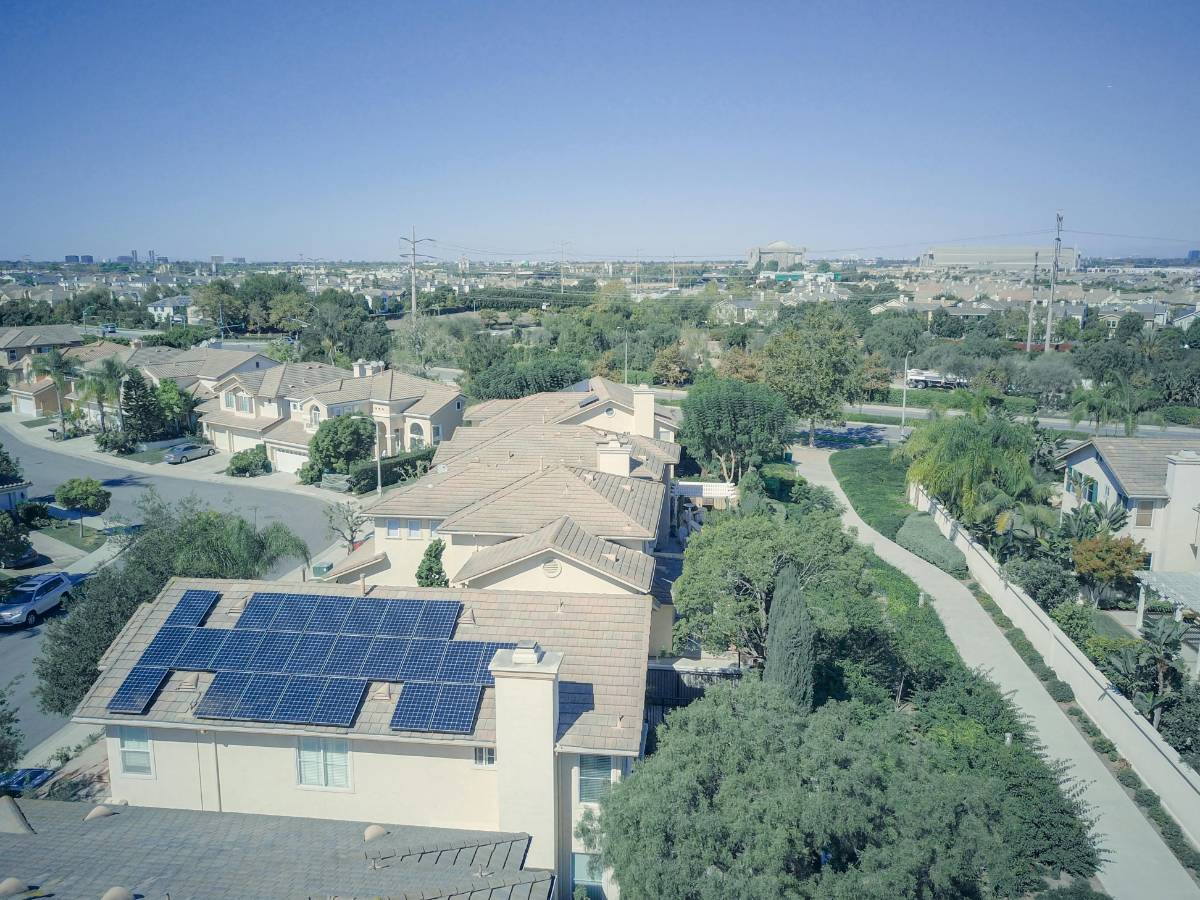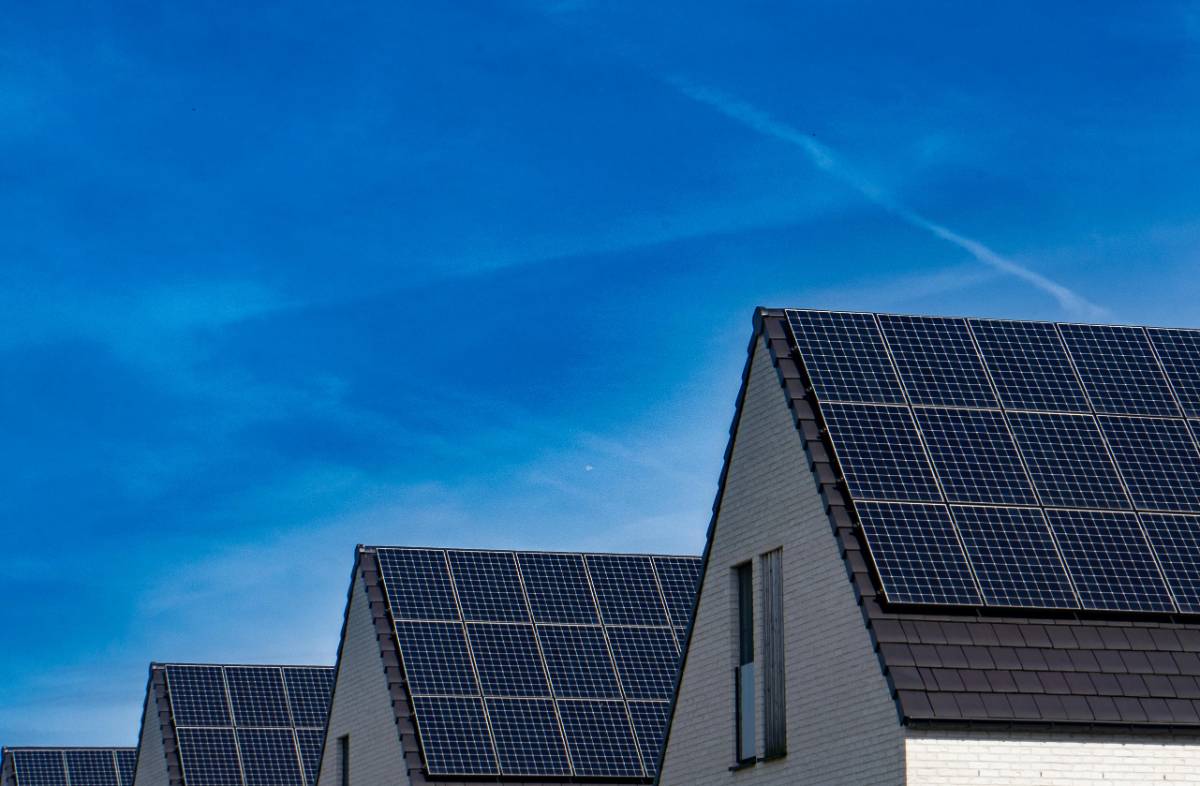
How to Create Energy-Efficient Homes with Sustainable Design
Energy-efficient homes have become a cornerstone of sustainable living, offering a practical solution to reduce energy consumption, lower utility bills, and minimize environmental impact. By incorporating sustainable design principles, homeowners and architects can create spaces that not only enhance comfort and functionality but also promote ecological responsibility. Here’s a comprehensive guide on how to achieve energy-efficient homes through sustainable design practices.
Prioritize Passive Design Principles
Passive design is one of the most effective strategies for enhancing energy efficiency in homes. By leveraging natural resources such as sunlight, wind, and thermal energy, passive design reduces the need for artificial heating, cooling, and lighting. Key elements include:
Orientation: Positioning the home to maximize sunlight in colder climates or minimize heat gain in warmer regions.
Insulation: Using high-quality insulation in walls, roofs, and floors to maintain indoor temperatures and reduce energy loss.
Ventilation:Incorporating cross-ventilation techniques and operable windows to promote airflow and reduce reliance on air conditioning.
Incorporate Renewable Energy Systems
Integrating renewable energy systems such as solar panels, wind turbines, and geothermal heating can significantly reduce a home’s carbon footprint. Solar panels, for instance, harness the power of the sun to generate electricity, making them an excellent option for powering household appliances and lighting.
Homeowners can also explore energy storage solutions, such as battery systems, to store excess energy for use during peak hours or emergencies. Combining renewable energy systems with energy-efficient appliances creates a sustainable and cost-effective energy ecosystem for the home.
Choose Sustainable Building Materials
The materials used in construction play a vital role in the overall sustainability of a home. Opting for eco-friendly materials not only reduces environmental impact but also enhances energy efficiency. Some popular options include:
Bamboo: A rapidly renewable resource that is durable and versatile for flooring and furniture.
Recycled steel and aluminum: Materials that reduce the need for virgin resources and are energy-efficient to produce.
Sustainable concrete: Concrete alternatives, such as hempcrete or geopolymer concrete, reduce carbon emissions during production.
Additionally, using locally sourced materials reduces transportation energy, further contributing to the home’s sustainability.
Invest in Energy-Efficient Appliances
Modern appliances account for a significant portion of a household's energy consumption. Investing in energy-efficient appliances with high Energy Star ratings ensures that these devices use less energy without compromising performance. Smart home technologies, such as programmable thermostats and energy-monitoring systems, allow homeowners to optimize energy use and identify areas for improvement.

Maximize Natural Lighting
Harnessing natural light is an effective way to reduce reliance on artificial lighting and lower energy costs. Design features such as large windows, skylights, and reflective surfaces help distribute natural light throughout the home. Using energy-efficient window glazing minimizes heat loss in winter and heat gain in summer, further enhancing energy savings.
Incorporating light-colored walls and ceilings amplifies natural light, creating a brighter and more inviting living space. Additionally, installing motion sensors and dimmable LED lights provides a balance between natural and artificial lighting for optimal energy efficiency.
Adopt Water-Efficient Solutions
Sustainable design extends beyond energy to include water efficiency. Implementing features such as low-flow fixtures, rainwater harvesting systems, and greywater recycling reduces water consumption and promotes conservation. These solutions ensure that homes use water responsibly without compromising functionality.
Green Roofing and Landscaping
Green roofs and sustainable landscaping practices contribute to energy efficiency by regulating indoor temperatures and reducing the urban heat island effect. A green roof, for example, insulates the home while absorbing rainwater and improving air quality.
Landscaping with native plants and drought-resistant species reduces water usage and creates a natural buffer against heat. Incorporating shading devices such as pergolas and strategically planting trees can further enhance energy efficiency by providing shade and reducing cooling costs.
Seal and Maintain the Building Envelope
A well-sealed building envelope prevents air leaks and ensures that conditioned air remains inside the home. Proper sealing of doors, windows, and ductwork minimizes energy loss and improves the efficiency of heating and cooling systems. Regular maintenance of the building envelope, including insulation and weatherstripping, ensures long-term energy savings.
Leverage Smart Home Technology
Smart home technology offers innovative solutions for managing energy consumption efficiently. Devices such as smart thermostats, energy-monitoring systems, and automated lighting controls allow homeowners to track and adjust energy use remotely. These technologies provide insights into energy patterns, enabling homeowners to make informed decisions about conservation.
Conclusion
Creating energy-efficient homes through sustainable design is an investment in the future, benefiting both homeowners and the environment. By prioritizing passive design principles, incorporating renewable energy, choosing sustainable materials, and leveraging smart technologies, it is possible to build homes that are comfortable, functional, and eco-friendly.
As the demand for energy-efficient housing continues to grow, adopting sustainable design practices is not just a choice but a responsibility toward creating a healthier planet. By embracing these principles, homeowners can enjoy the rewards of reduced energy costs, improved quality of life, and a significant contribution to environmental preservation.



